Top 5 reasons to offer digital dentures in 2017
Technology is changing the way the industry looks at denture fabrication.
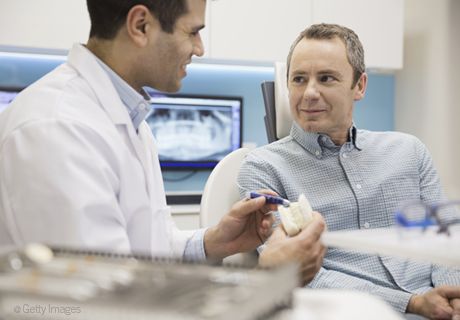
Most general dentists would rather not add dentures to their list of services. Not only are the multiple appointments they require time-consuming, they’re also not very profitable. And for dental labs, it can be a stretch to make the finances make sense when offering high-quality dentures.
Ultimately, this makes it difficult for patients to find a general dentist who can deliver the high-quality dentures they need at a price that won’t put a huge dent in their pocketbook.
The good news? Digital dentures are changing this. Switching from analog to digital techniques can cut the number of appointments from five to two or three, while also helping to ensure patients walk away with beautiful, natural-looking dentures that actually fit. Patients get the removable prosthetics they need to enjoy a better quality of life, dentists have the opportunity to offer another practice-building service and labs can create beautiful dentures efficiently and cost-effectively.
Still not sure digital dentures are right for you? Here are the top five ways incorporating this evolving technology will change your business for the better.
Up next: How digital dentures can lead to growth ...


Opportunity for growth
These days, edentulous patients typically go to a specialist when they need dentures-and that can be pretty expensive. Most patients would much rather turn to their general practitioner to get the work done if possible. They’re already comfortable there, and don’t want the hassle of making multiple visits to another office. Adding cost-effective digital dentures saves everyone time, and represents another revenue-producing service you can offer your patients in-house.


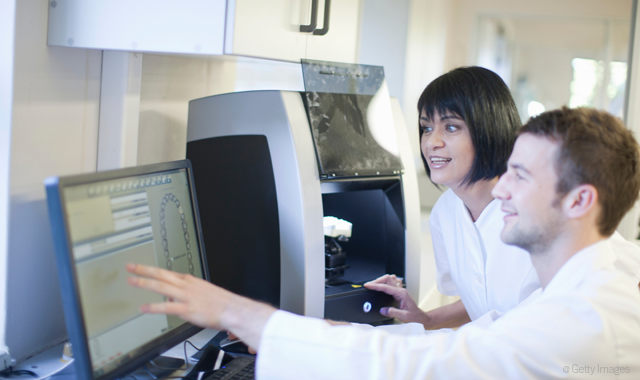
Simplifying the process
While every digital denture option is different, typically the dentist makes the clinical records and then fills out a prescription for the lab. From there, the lab digitizes those records and submits them to the company for digital design. During the process, the lab can modify the design and then send a 3D image of the denture to the dentist for review before it’s milled. The entire process usually can be finished in two appointments, though there are dentists who still ask patients to come in for the third try-in visit.
Looking for other options? Some companies are creating denture design modules as add-ons in their CAD software, making it possible to print or mill digital dentures. Others are developing proprietary impression trays that take impressions and bite registrations all in one step. The point is, if you want to implement digital dentures into your practice, dental manufacturers are working to make the process seamless.


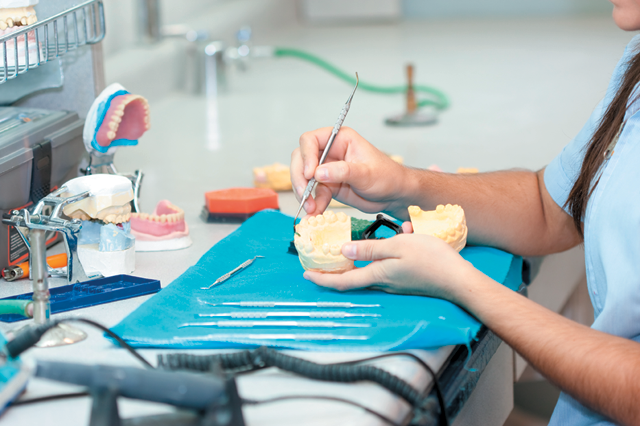
Minimal disruption to workflow
Not quite ready to go completely digital, but still want to reap the benefits these dentures provide? No problem. Dentists can create the initial impressions just as they always had, and then switch to the digital process by designing and milling the final prosthesis from digital software. And labs can pull digital files into existing digital workflows. So while you don’t get the benefit of fewer appointment times, you still can create a better denture at a lower price point for patients.


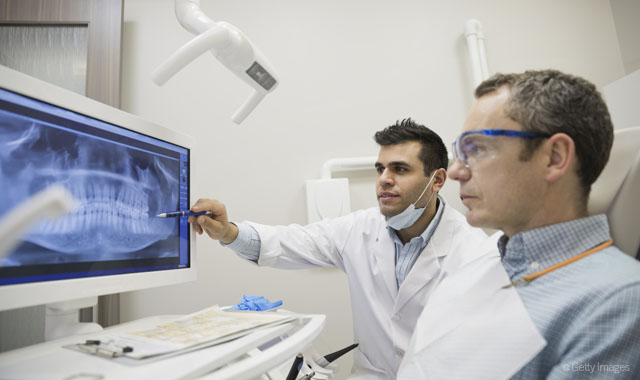
Patient benefits
Digital dentures take less time to fabricate than traditional dentures, allow for fewer appointments, are more cost-effective, fit better and are more lifelike. The list of benefits just goes on and on. Here’s one that might be a little unexpected: They’re also easy to replicate. If patients lose or damage their denture, you can use the digital data that’s on file to create a removable prosthetic that’s exactly like the original.
And of course, the technology will continue to evolve, making the process even more seamless and predictable in the future. The advancements are coming rapidly, so don’t be surprised to see more companies getting involved with digital dentures. That means dentists and labs will have even more options to choose from, and more techniques available to make implementing this technology even easier than it is today.


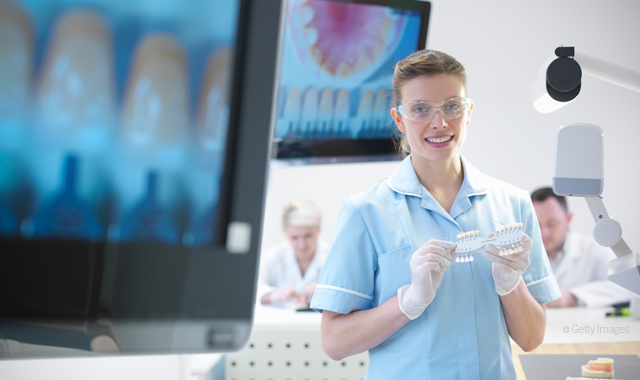
Improved communication between dentist and lab
Not only do digital dentures eliminate some of the back and forth that often happens between dentists and labs during the process, reducing the chance for error, it also improves the quality of the final product. It’s difficult to find talented removable denture technicians these days. As they retire, younger computer-savvy technicians with a different set of skills are taking their place. These technicians are more comfortable working with computers than models, making a digital workflow a much better fit.
While the digital option is relatively new, it’s changing the way the industry looks at denture fabrication. They’re no longer a time-consuming task that dentists want to avoid. Today, more dentists are starting to see them as a practice builder, as well as an opportunity to offer their patients a more durable, esthetic denture that will give them their smile back and improve their quality of life.
